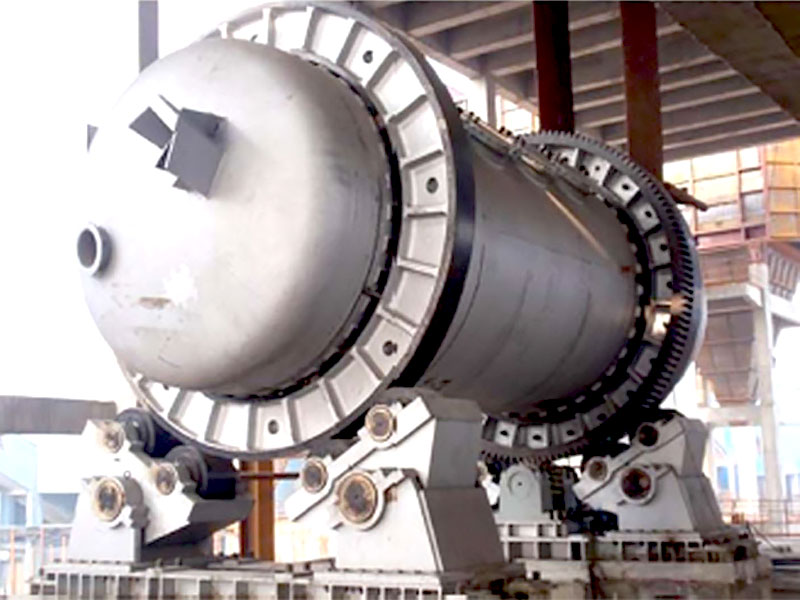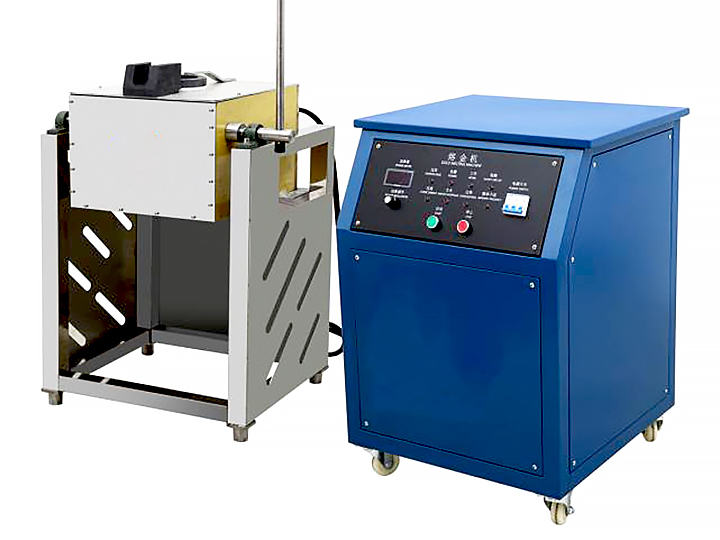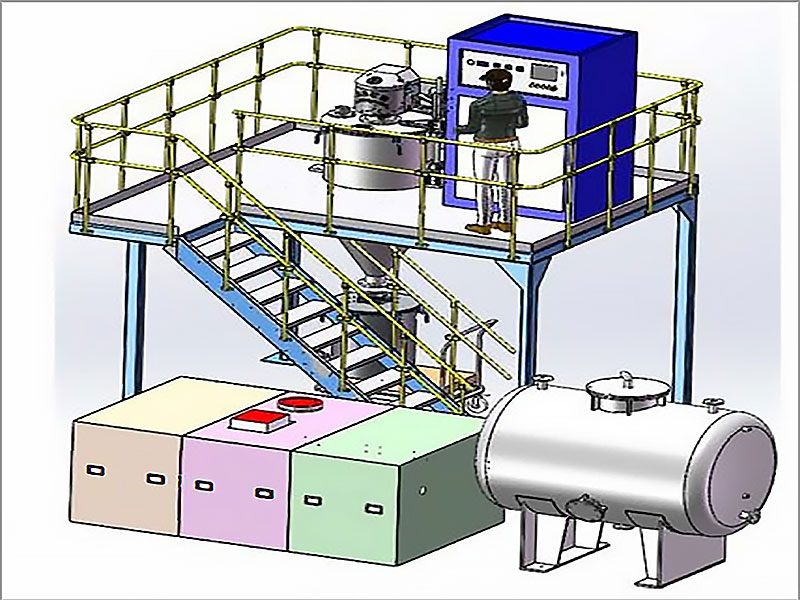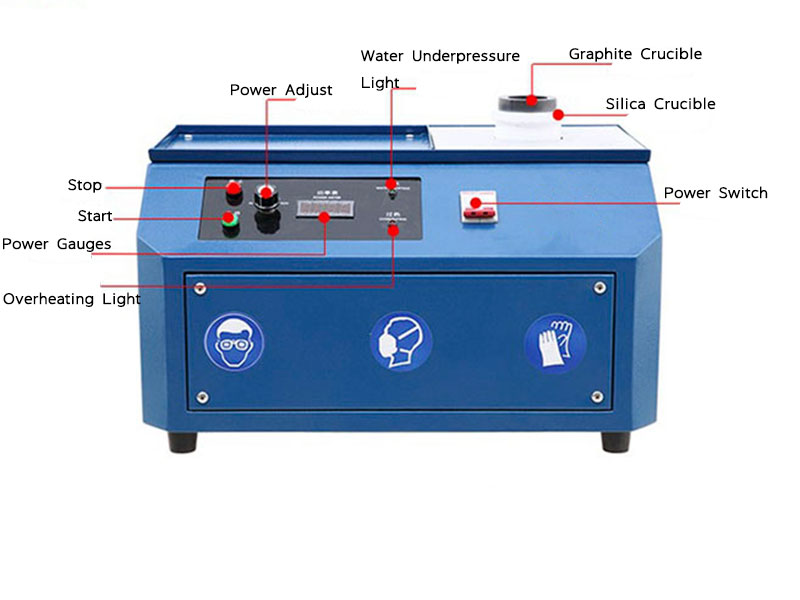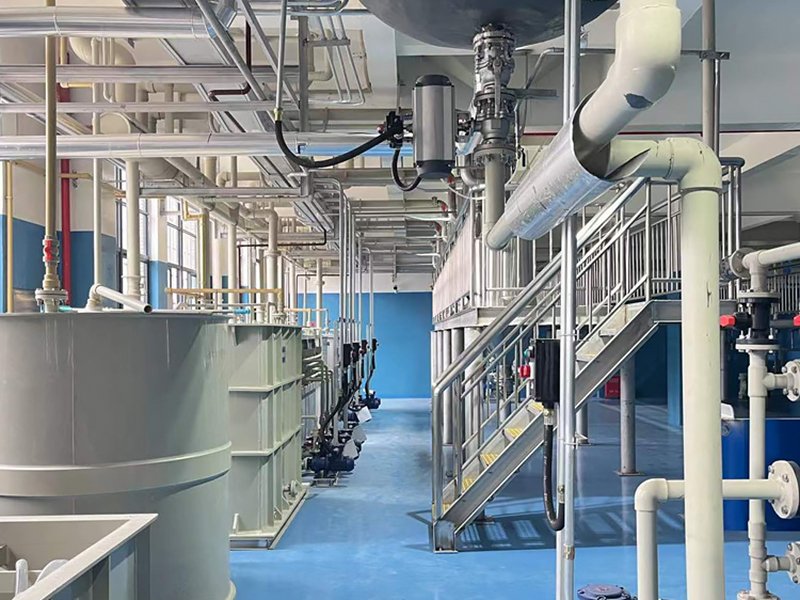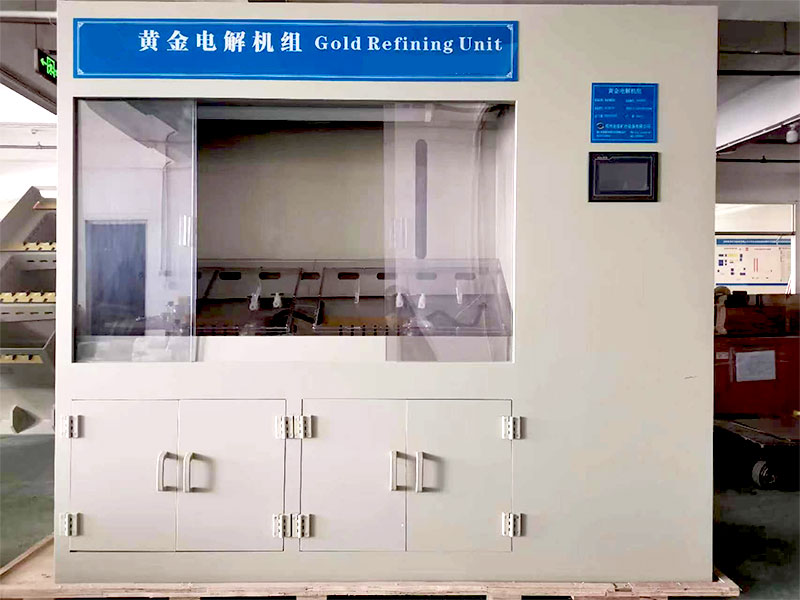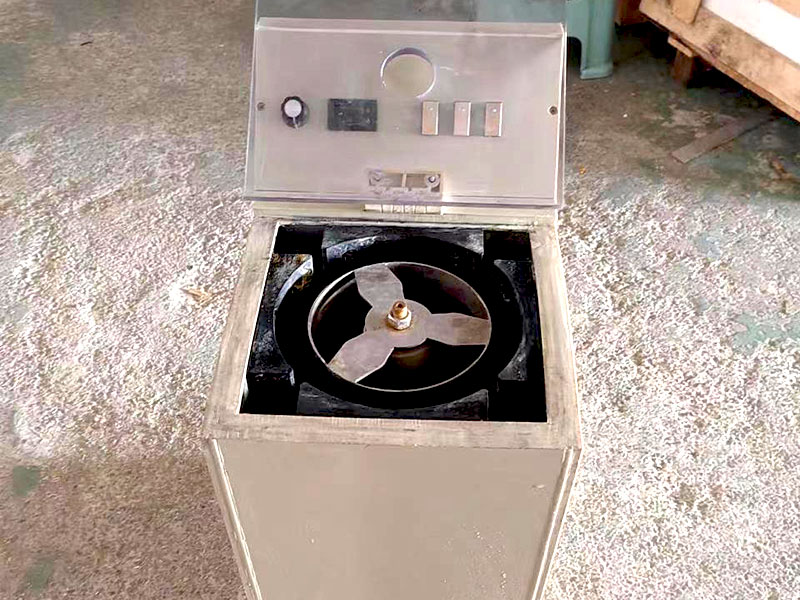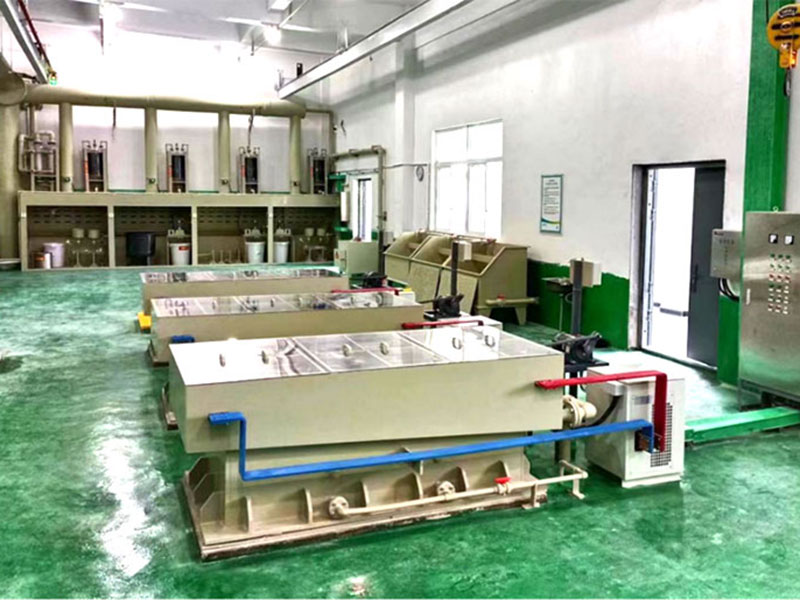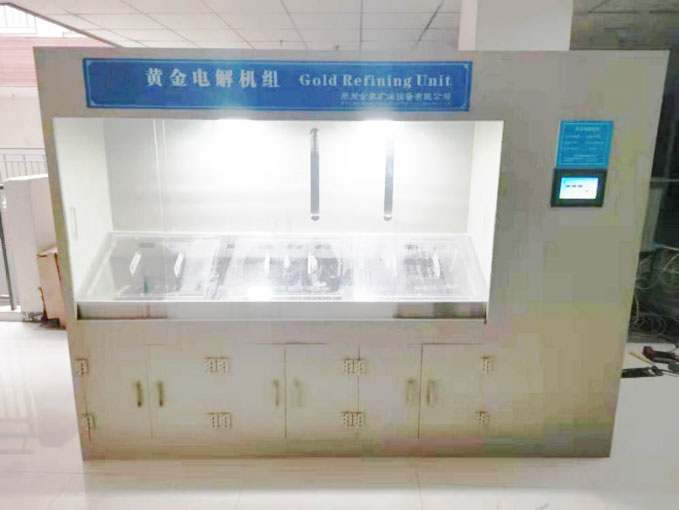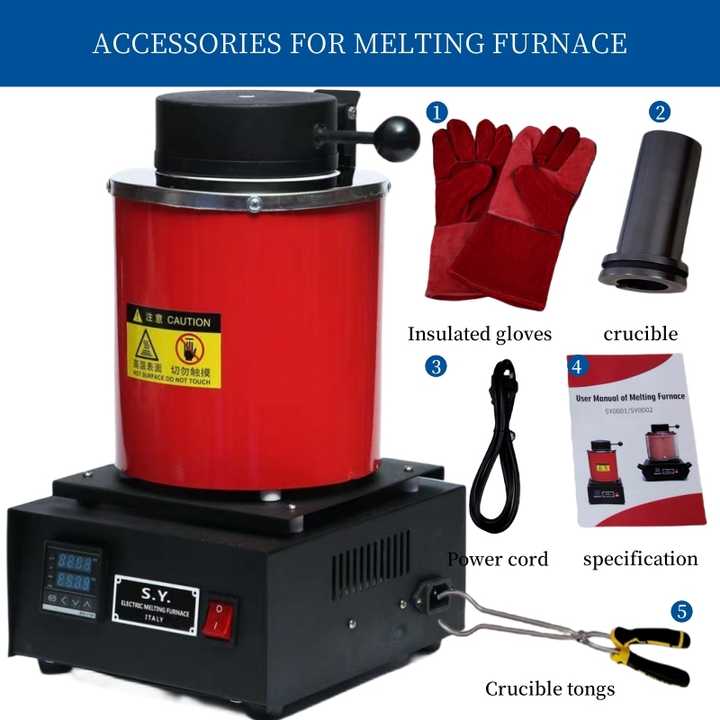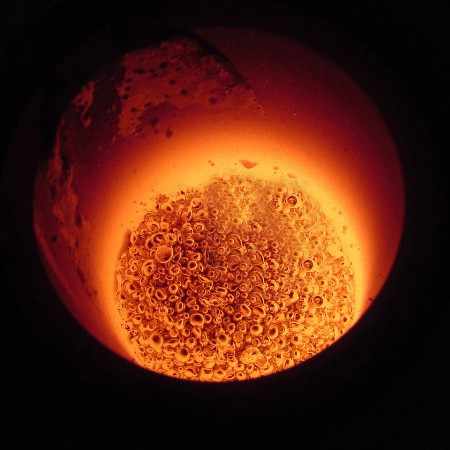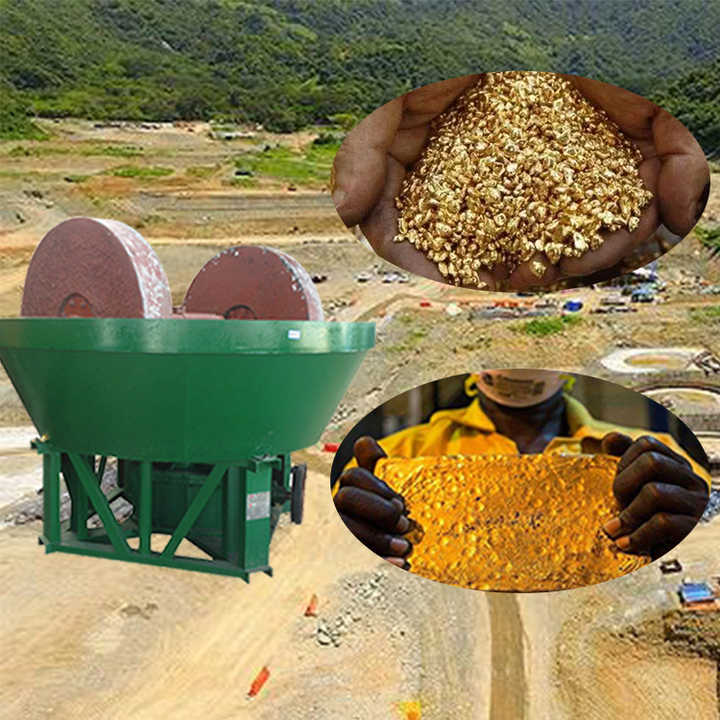smelting gold bars
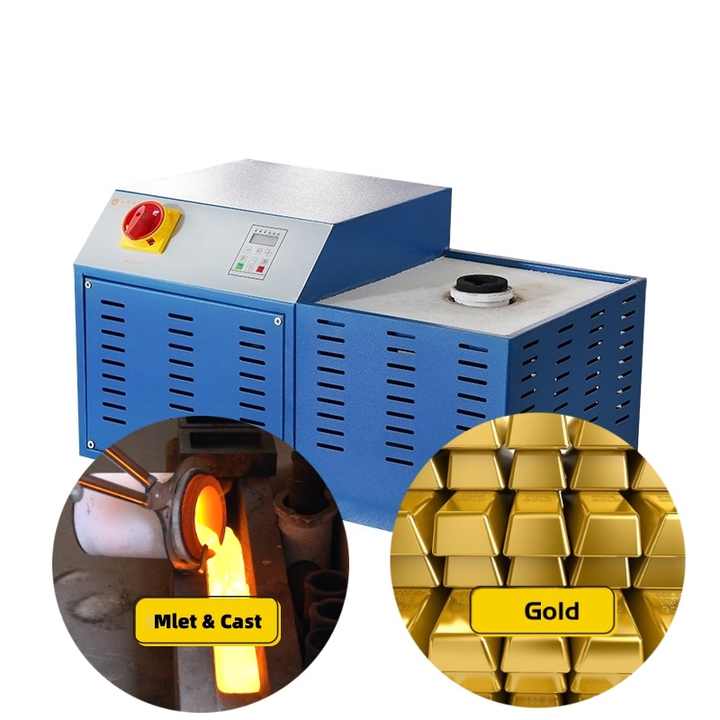
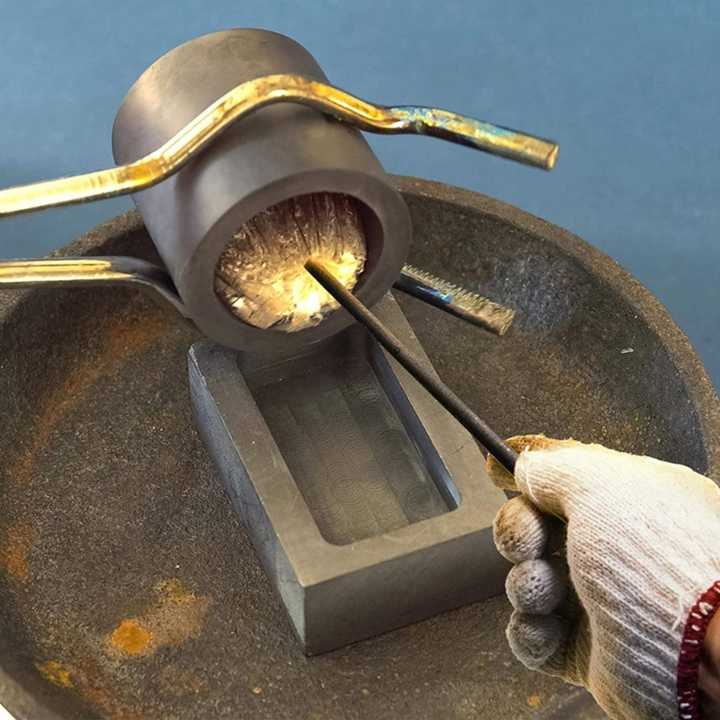
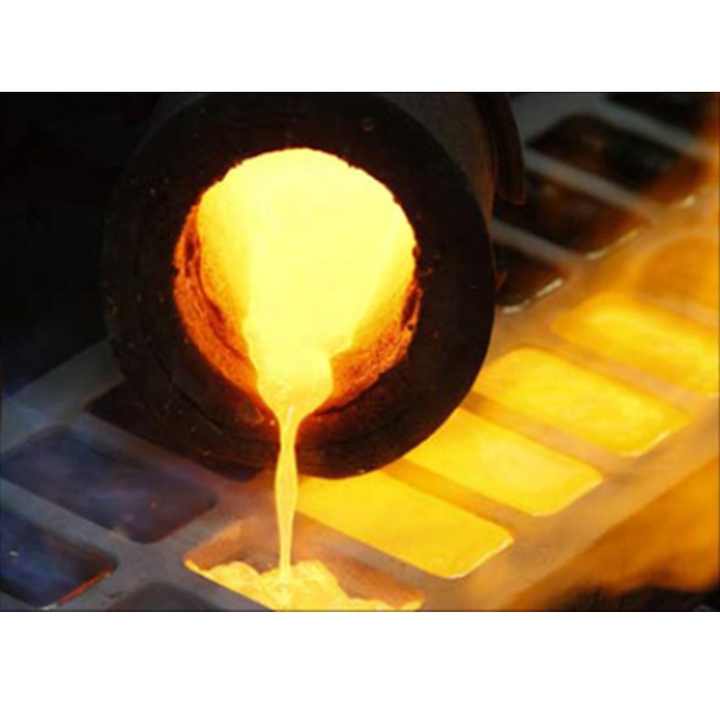
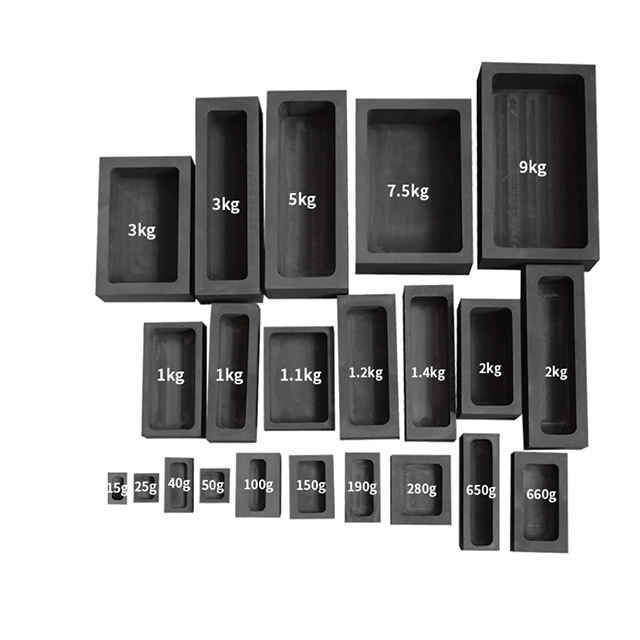
Smelting gold bars is a crucial process in the gold refining industry, transforming raw or scrap gold into high-purity gold bars suitable for trading, investment, and industrial use. This article provides a detailed overview of the smelting process for gold bars, including the techniques, equipment, and considerations involved in achieving high-quality results.
What Is Smelting?
Smelting is a metallurgical process that involves heating ore or scrap material to extract valuable metals. In the context of gold refining, smelting refers to the process of melting gold to purify it and cast it into bars. This process is essential for producing gold bars with a high level of purity, often used in financial markets, jewelry, and various industrial applications.
The Smelting Process for Gold Bars
The process of smelting gold bars involves several key steps to ensure the purity and quality of the final product. Each step is crucial for separating gold from impurities and achieving the desired result.
Preparing the Gold Material
Before smelting, the gold material must be prepared. This preparation involves:
- Crushing and Grinding: If the gold is in the form of ore or scrap, it needs to be crushed and ground into a fine powder. This increases the surface area of the material and improves the efficiency of the smelting process.
- Concentration: The ground material is then concentrated to separate the gold from other minerals and impurities. Techniques such as gravity separation, flotation, or magnetic separation may be used depending on the type of material.
Creating a Smelting Mixture
To facilitate the extraction of gold, a smelting mixture is prepared. This mixture typically includes:
- Flux: Flux is added to the gold material to help bind impurities and lower the melting point of the mixture. Common flux materials include borax, soda ash, and silica. The flux combines with impurities to form a slag that can be removed, leaving behind purer gold.
- Reducing Agents: Sometimes, reducing agents like carbon or sulfur are added to the mixture to help in the removal of unwanted elements.
Heating the Mixture
The prepared mixture is then heated in a smelting furnace. The process involves:
- Furnace Selection: A smelting furnace is used to achieve the high temperatures required for melting gold. Furnaces can be electric, propane, or induction-based, depending on the scale of the operation and the available equipment.
- Temperature Control: The furnace must reach and maintain temperatures above 1,064°C (1,947°F), which is the melting point of gold. Precise temperature control is essential to ensure that the gold melts properly and that impurities are effectively separated.
Casting the Gold Bars
Once the gold mixture is molten, the next step is to cast it into bars. This process involves:
- Pouring: The molten gold is carefully poured into molds to form gold bars. These molds are typically made of metal or graphite and are designed to withstand high temperatures.
- Cooling and Solidifying: The poured gold is allowed to cool and solidify in the molds. Once cooled, the gold bars are removed from the molds and inspected for quality.
Advantages of Smelting Gold Bars
Smelting gold bars offers several advantages over other refining methods:
Purity
Smelting can achieve high levels of purity, often exceeding 99.9%. The use of flux and precise temperature control ensures that most impurities are removed, resulting in high-quality gold bars.
Efficiency
The smelting process is efficient for processing large quantities of gold. It allows for the melting and refining of substantial amounts of gold in a single batch, making it suitable for commercial and industrial applications.
Versatility
Smelting can be used to process various types of gold materials, including scrap gold, ore, and concentrates. This versatility makes it an essential method for gold refiners and jewelers.
Considerations and Challenges
While smelting gold bars is effective, there are several considerations and challenges to keep in mind:
Safety
Smelting involves high temperatures and potentially hazardous materials, so safety is paramount:
- Protective Gear: Wear appropriate safety equipment, such as heat-resistant gloves, goggles, and a respirator.
- Ventilation: Ensure adequate ventilation to handle fumes and gases released during the smelting process.
Environmental Impact
The smelting process can have environmental impacts, including:
- Waste Management: Properly manage and dispose of slag and other waste materials generated during smelting.
- Chemical Use: Handle and dispose of chemicals used in the flux and other additives safely to minimize environmental harm.
Equipment Maintenance
Regular maintenance of smelting equipment is essential for optimal performance:
- Furnace Care: Inspect and clean the furnace regularly to prevent damage and ensure efficient operation.
- Tool Maintenance: Keep molds and other tools in good condition to avoid disruptions in the smelting process.
Smelting gold bars is a vital process in the gold refining industry, transforming raw or scrap gold into high-purity bars suitable for various applications. By preparing the gold material, creating an appropriate smelting mixture, and carefully heating and casting the gold, refiners can achieve high-quality results. While the process offers numerous benefits, including efficiency and purity, it is important to consider safety, environmental impact, and equipment maintenance to ensure successful outcomes. With the right approach and equipment, smelting gold bars can be a highly effective and rewarding process.

